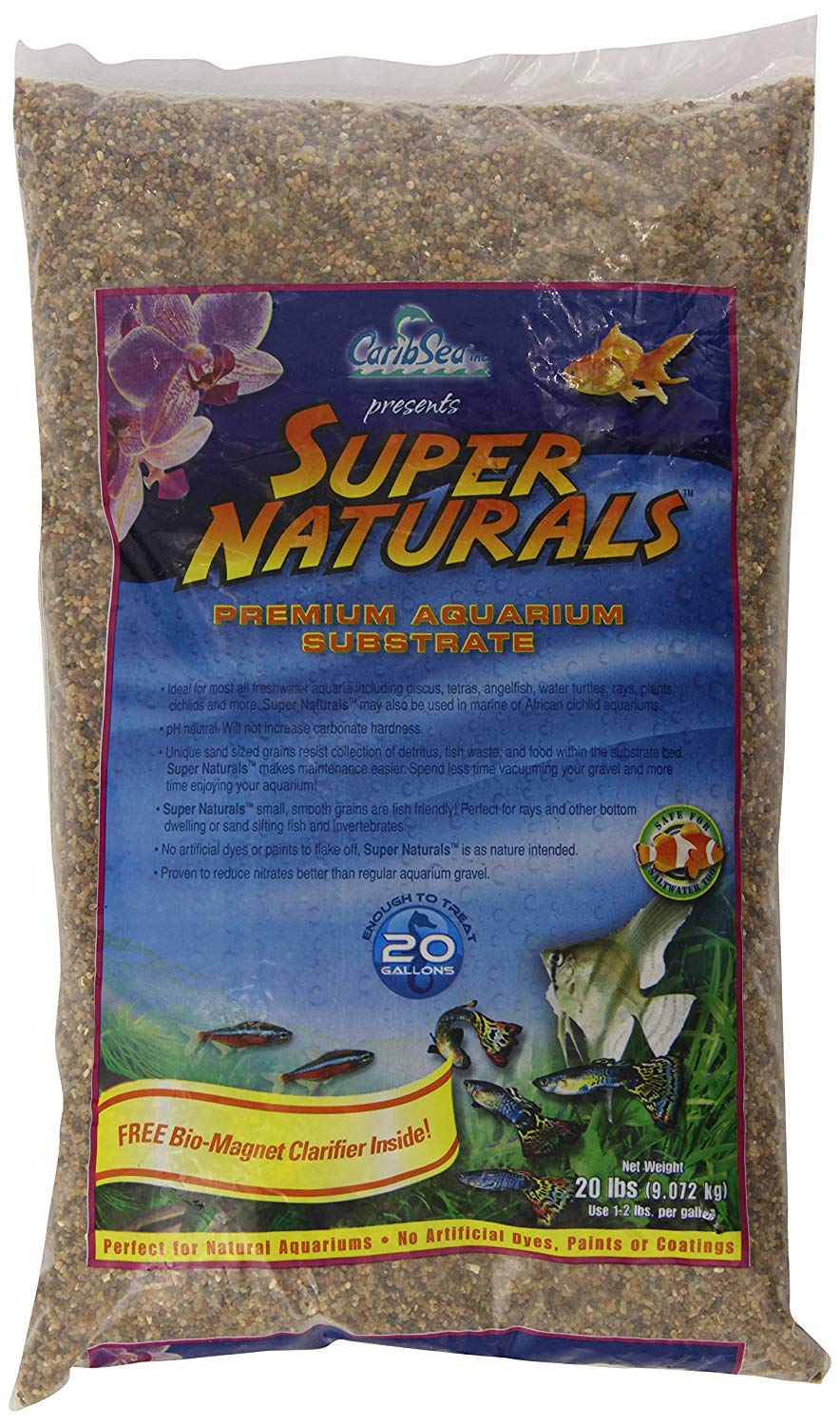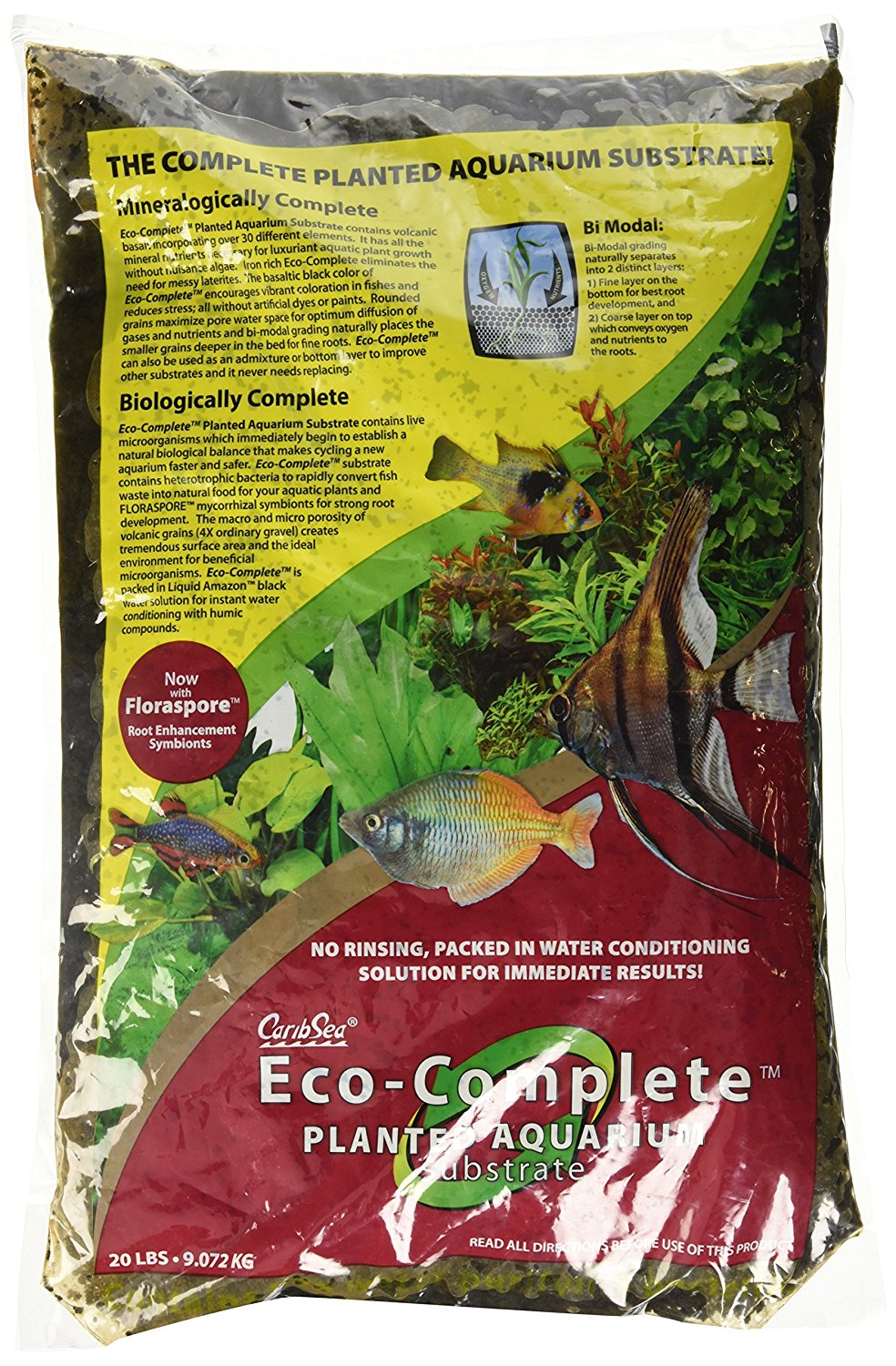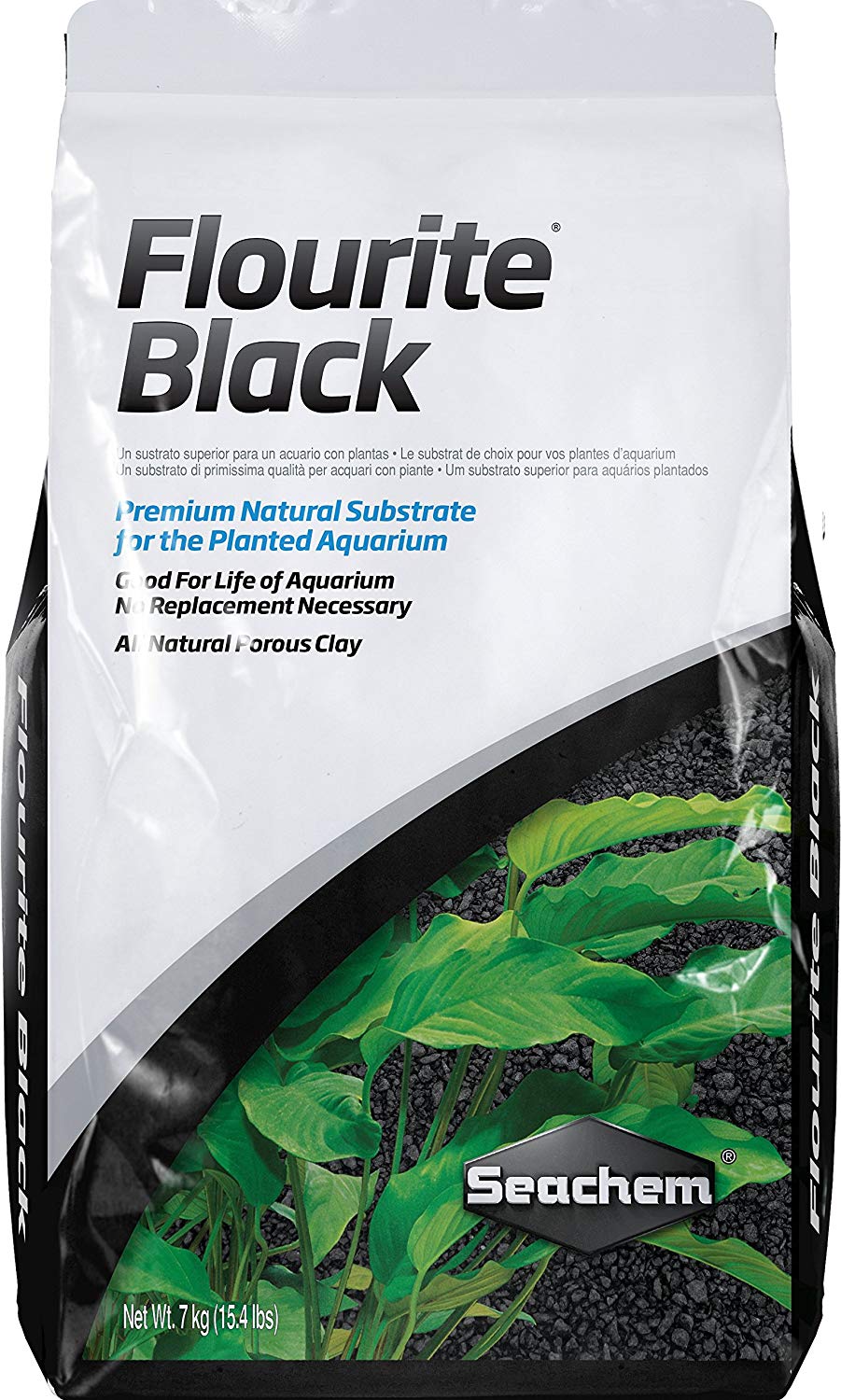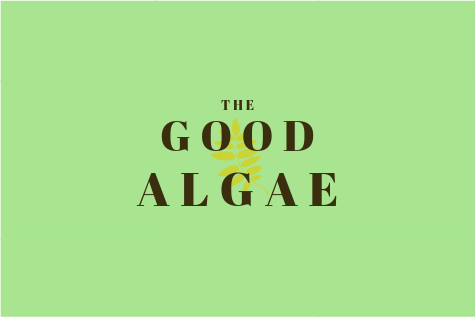
Most aquariums, with very few exceptions, are set up with a type of substrate. Aquarium substrate refers to a type of loose material that covers the bottom of the tank. This could be sand, soil, pebbles, or even small man-made granules.
The substrate is meant to provide a more natural habitat for the fish while also enhancing the aesthetics of the aquarium. For instance, white fish can be seen more vibrantly when a dark substrate is used. Plants also need the substrate as a medium for their roots to grow onto. But one of the main important purposes of the substrate is that it houses beneficial bacteria in the nitrogen cycle.

Pre-loaded with nutrients for aquatic plants
Beneficial bacteria
Substrates mainly serve the purpose of enhancing the nitrogen cycle as they are the medium that allows the beneficial bacteria to grow and colonize. The substrate isn’t the only host for these bacteria but they are nevertheless important as this is where a large number of bacteria will reside. The beneficial bacteria will help breakdown fish waste and plant waste and help keep the aquarium ecosystem healthy and filtered.
Natural Fish Habitat
Fish do not live in glass tanks in nature and the bottom of their habitat will have a natural substrate such as a bed of river rocks or sand or soil. Some species will spend time looking for bits of food that have fallen in the substrate and so larger sized granules of substrate or river rock should be used. Some species of fish will even scatter their eggs at the bottom of the tank and if the bottom of the aquarium is bare then, the eggs will be consumed by other fish as they are not protected. So, it’s very important when choosing your fish to do some research on their preferred natural scenery.

Medium-sized granules
Decoration for better aesthetics
The substrate plays an important role in the aesthetic appeal of the aquarium but this should only come second to the needs of your aquarium livestock and plants. When your substrate is combined with the right types of rocks, plants, driftwood or other decor, the substrate gives off the feel of a natural landscape that is beautiful and calming. Good looking and carefully crafted aquariums can provide positive emotional benefits for its viewers, both humans and fish benefit from these aesthetics. So be mindful when choosing your substrate and choose one that complements the fish.
Substrate basics
If you will be growing live plants, it is recommended that your tank have at least three inches of substrate. This will be good for aesthetics but it is mainly beneficial for plants that need to root somewhere to absorb nutrients and avoid floating off.

Black colored clay-based and plant friendly
Depending on your plant choice, the granule size of your substrate should be chosen accordingly. For example, heavy thick rooters should have medium to large sized granules as substrate. And heavy thin roots can thrive well in sand-capped soil. This information is typically available when choosing your plants from the distributor or research your plants online.
Another important aspect is cleanliness. You need to clean the substrate at least once every two weeks during water changes, an aquarium siphon can help with this. Note that depending on your bio load, cleaning may need to happen more frequently if you have an aquarium that is heavily planted with tons of fish. So remember, that the more you stock, the more you will need to clean.
Conclusion
In short, the aquarium substrate is not just for the fish or the plants or you. The substrate is an important aspect of the tank that benefits everyone involved. It’s a place for fish eggs, beneficial bacteria and plant roots. So be mindful when choosing your substrate and choose something that not only you enjoy but one one that will benefit all your little water buddies.


